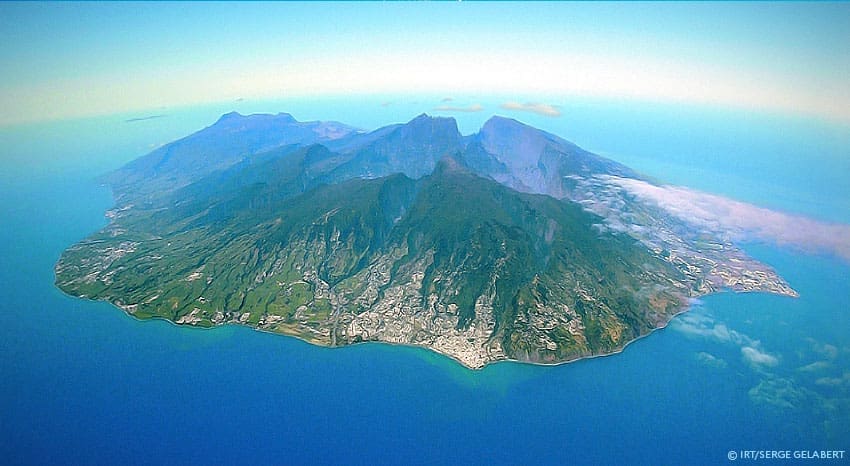A Scottish tourist vanished while snorkeling east of Madagascar on Saturday, prompting a days-long search that included the capturing and ‘opening up’ of tiger sharks in search of human remains.
Warm Indian Ocean waters have sent large numbers of predators onto the “shark highway” which links South Africa and Australia. One stop on this oceanic highway is notable for drawing in tourists and sharks alike: Reunion Island.

An autopsy of one of the sharks revealed the man’s fate. His severed hand was found inside its stomach, according to Réunion La 1ère. His wife confirmed the identity by the wedding ring still on his finger.
The island has been a magnet for shark attacks this decade, with 11 fatalities since 2010, including two earlier this year. In May, a surfer died after his leg was bitten off and a fisherman was killed in January.
It is not clear whether the Scottish tourist was killed by a shark or drowned and was later eaten by one.
U.K. officials at the Foreign and Commonwealth Office refused to identify the remains, though regional media reported he was from Edinburgh and was visiting Reunion Island to celebrate his wife’s birthday.

A spokesman said:
“We are providing support to the family of a British man who died while snorkeling in La Réunion and are in contact with the local authorities,”
Researchers have pointed to a boom in development and the volcanic origins as two contributing factors to the 23-fold increase in shark attacks between 2005 and 2016. Most of the recorded attacks were carried out by Bull and Tiger sharks.
Gavin Naylor, program director for the Florida Program for Shark Research, told The Washington Post:
“Hawaii is not so different from Reunion,
These remote volcanic islands rising up from the sea floor and provide good habitat for fishes including large sharks,”
These sharks collide with tourists who are drawn to the island’s pristine waters, and the chances of contact increase, he added.
Bull sharks prefer muddy waters and freshwater estuaries, runoff from development may have helped create these favourable conditions, Marc Soria, a shark researcher, told Smithsonian Magazine.
And the volcanic island’s steep floor may also draw deep-water tiger sharks closer to the shoreline, he said. Tiger sharks are second only to great whites in attacks on humans, according to National Geographic.
The Magazine stated:
“These large, blunt-nosed predators have a duly earned reputation as man-eaters,
But because they have a near completely undiscerning palate, they are not likely to swim away after biting a human, as great whites frequently do.”
The island has taken extreme measures to combat the rise in shark attacks, including a ban on surfing and swimming for most of the shoreline and the installation of shark fences to ward off the predators.
SOURCE: WASHINGTON POST
